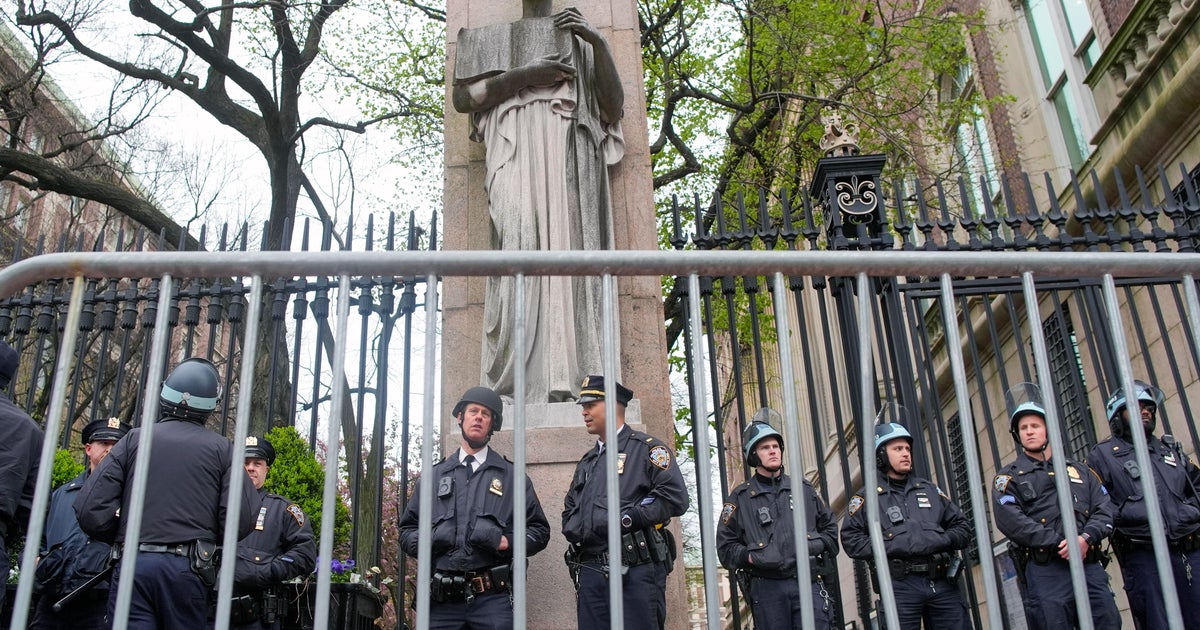PBA: New Stop-And-Frisk Guidelines Will Confuse Officers, Make Jobs Harder
NEW YORK (CBSNewYork) -- New guidelines for the stop, question and frisk policing method were released to NYPD officers this week, and the patrol union said the guidelines will make the officers' jobs more difficult.
As CBS2's Tony Aiello reported, the stop-and-frisk method has been a source of tension between some communities and the NYPD.
"We're from the projects, and the park is where we hang out at usually, and they just come up and just try to frisk us," said David Zubin of Sheepshead Bay, Brooklyn.
The Patrolmen's Benevolent Association is not happy.
"It's confusing police officers where it's coming to a point where we're going to have to travel with legal counsel to articulate what we're supposed to do," said PBA President Patrick Lynch.
The new policy said in order to conduct a stop, an officer "must have individualized, reasonable suspicion that the person stopped has committed, is committing, or is about to commit a felony or penal law misdemeanor."
A "mere suspicion or a hunch" is not enough for a stop, the memo said.
A conclusion that someone is acting suspiciously based on "furtive movements," or a person's mere presence in a "high-crime area," is not enough to warrant a stop by an officer under the new guidelines. Stops and frisks were permitted for such reasons alone in the past, according to published reports.
The guidelines also forbid stops by an officer based on a generalized description of a suspect – such as one that includes only a race and an age range.
"A person may not be stopped merely because he or she matches a generalized description of a crime suspect, such as an 18- to 25-year-old black male; if physical description is the only factor relied on by the officer, it must be more specific than that to form a sufficient basis for a stop," the guidelines said.
The guidelines further said that a frisk is not always automatically acceptable whenever an officer stops someone.
"The officer must have an independent basis to reasonably suspect that a person who has been stopped is armed and dangerous in order to frisk that person," the guidelines said.
Officers will also have to write a narrative explaining what justified the stop, question and frisk.
Some New Yorkers said the new rules were a good idea.
"People will be more understanding toward them if they could communicate why they're stopping and frisking them you, know?" said Khalif Akbar of the South Bronx.
The rules came in response to a ruling by U.S. District Court Judge Shira Scheindlin in 2013, following the civil trial of a lawsuit filed five years earlier and challenging the stop-and-frisk policy. Scheindlin ruled that the practice sometimes discriminated against minorities, and ordered sweeping reforms and installed a monitor to oversee the changes.
The new guidelines also came even as the NYPD has seen a dramatic drop in the use of stop, question and frisk – from a high of 686,000 in 2011, to 192,000 in 2013 – Mayor Michael Bloomberg's last year – and jus 46,000 in 2014, the first year for Mayor Bill de Blasio.



